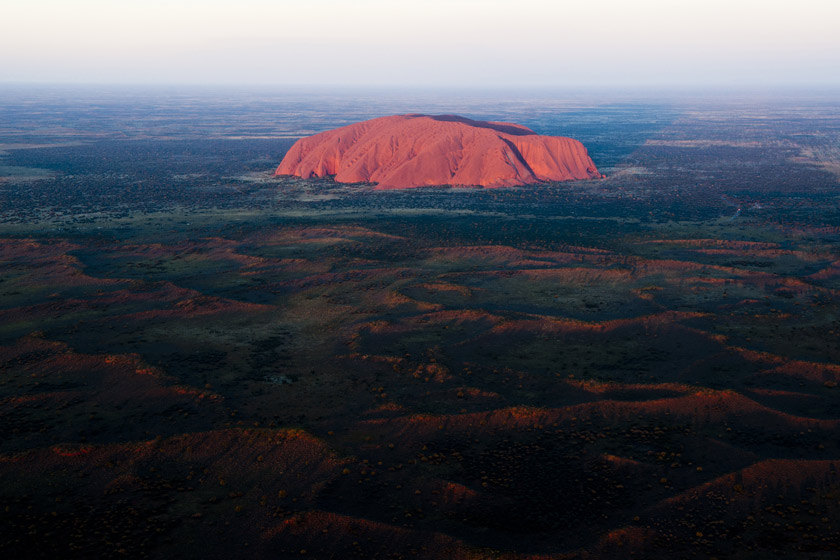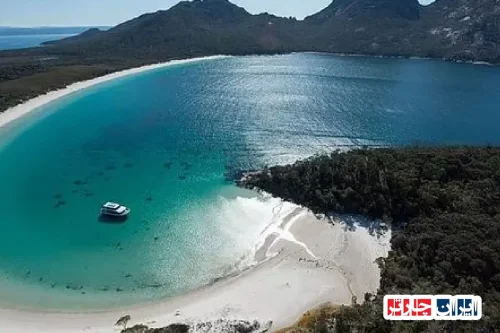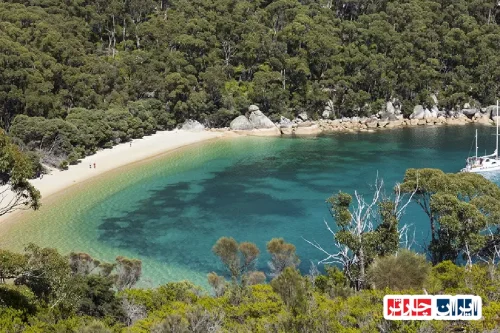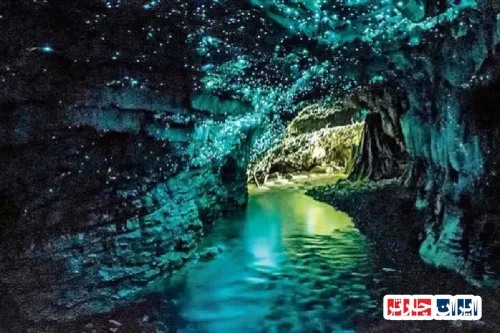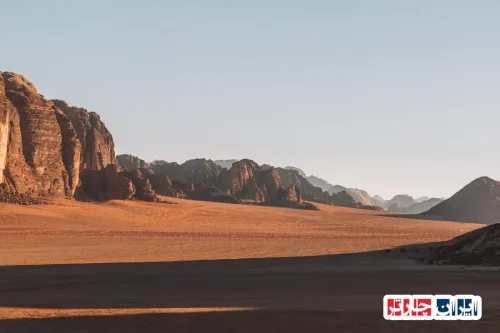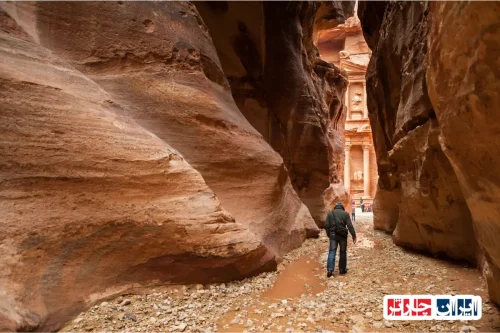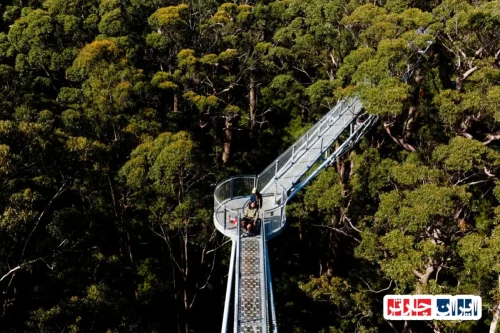Discover the Natural and Cultural Heritage of Uluru-Kata Tjuta National Park Northern Territory Australia
Uluru-Kata Tjuta National Park Northern Territory Australia stands as a remarkable symbol of Australia’s rich natural beauty and indigenous culture. This extraordinary park features iconic formations such as Uluru and the majestic Kata Tjuta, showcasing millions of years of geological history and profound cultural significance. Visitors to this UNESCO World Heritage site can explore ancient rock art, learn about the Dreamtime stories of the Anangu people, and experience breathtaking desert landscapes. The park offers a unique opportunity to connect with Australia’s indigenous heritage while enjoying diverse activities like guided walks, cultural tours, and stargazing under clear desert skies. Protecting this pristine environment is vital to preserving its ecological diversity and cultural legacy for future generations. Whether you’re seeking adventure, cultural insight, or natural serenity, Uluru-Kata Tjuta National Park Northern Territory Australia provides an unforgettable experience that embodies the soul of the Australian outback.
Uluru-Kata Tjuta National Park-Iran Charter
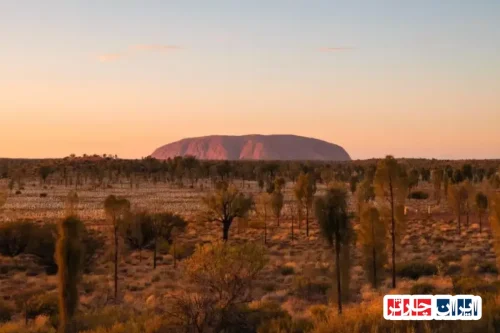
Discover the Natural and Cultural Heritage of Uluru-Kata Tjuta National Park in the Northern Territory of Australia
Uluru-Kata Tjuta National Park, located in the heart of Australia’s Northern Territory, is a UNESCO World Heritage site renowned for its breathtaking natural formations and profound cultural significance. This iconic park features the majestic Uluru (Ayers Rock), a massive sandstone monolith that stands as a symbol of Indigenous heritage and spiritual connection. Visitors to this extraordinary landscape can explore its unique geology, vibrant flora and fauna, and learn about the rich traditions of the Anangu people, the traditional custodians of the land. The park offers a rare opportunity to experience Australia’s natural beauty intertwined with deep cultural stories, making it a must-visit destination for travelers seeking authentic and meaningful experiences.
Unveiling the Hidden Stories Behind Uluru and Kata Tjuta’s Ancient Rock Formations
The striking rock formations of Uluru and Kata Tjuta are more than just natural wonders; they are repositories of ancient stories and sacred legends passed down through generations. These geological structures have been shaped over millions of years through tectonic activity and erosion, creating a landscape filled with symbolism and spiritual meaning for the Indigenous communities. The surface carvings, caves, and markings tell stories of creation, ancestral beings, and Dreamtime legends that remain sacred. Respectful exploration and understanding of these stories allow visitors to connect deeply with the cultural heritage embedded within these monumental rocks, fostering appreciation and preservation of this irreplaceable heritage.
Journey into the Heart of Indigenous Culture and Dreamtime Stories at Uluru-Kata Tjuta
The Anangu people, traditional custodians of Uluru-Kata Tjuta National Park, have preserved their ancient stories and spiritual beliefs through oral traditions, art, and ceremonies. These Dreamtime stories explain the origins of the land, animals, and natural features, forming the foundation of their cultural identity. Visitors have the chance to engage with guided walks, cultural centers, and storytelling sessions that reveal the profound connection between the land and its people. Respectful participation in these cultural experiences enhances understanding and appreciation of Indigenous heritage, emphasizing the importance of protecting and honoring these sacred narratives for future generations.
The Geological Evolution and Formation of Uluru and Kata Tjuta
The formation of Uluru and Kata Tjuta dates back hundreds of millions of years, shaped by complex geological processes including sedimentation, tectonic shifts, and erosion. Uluru itself is a massive sandstone monolith that emerged from ancient seabeds, while the surrounding Kata Tjuta (The Olgas) consists of multiple domed rock formations formed through similar geological activity. Studying these structures reveals insights into Earth’s natural history, climate changes, and tectonic movements over eons. Preserving this geological marvel is vital for understanding Australia’s natural evolution and maintaining the integrity of this UNESCO World Heritage site for generations to come.
Experience the Vibrant Flora and Fauna of Uluru-Kata Tjuta National Park
The park’s diverse ecosystems support a wide array of plant and animal species adapted to the arid environment. Unique desert flora such as spinifex grasses, wattles, and ghost gums thrive in this landscape, providing essential habitat for native wildlife. Visitors may encounter kangaroos, wallabies, perentie lizards, and numerous bird species, each playing a role in the ecological balance. Guided nature walks and eco-tours offer opportunities to observe this biodiversity while learning about conservation efforts. Protecting these fragile ecosystems ensures the survival of Australia’s natural heritage and enhances the visitor experience through close encounters with its remarkable wildlife.
Preserving the Sacred Sites and Respecting Indigenous Traditions at Uluru
Uluru is a sacred site for the Anangu people, who request visitors to respect their cultural beliefs by avoiding climbing the rock and adhering to designated pathways. The park management emphasizes cultural sensitivity, encouraging respectful behavior and awareness of the spiritual significance of the land. Educational programs and signage provide insights into the customs and stories associated with Uluru and Kata Tjuta, fostering a respectful visitor environment. Preserving these sacred sites is essential for honoring Indigenous traditions and ensuring that future generations can continue to connect with this profound cultural landscape.
Engaging in Sustainable Tourism and Conservation Initiatives in the Park
To protect the natural and cultural integrity of Uluru-Kata Tjuta National Park, sustainable tourism practices are promoted, including eco-friendly accommodations, waste management, and responsible visitor behavior. Conservation programs focus on habitat restoration, wildlife protection, and cultural heritage preservation. Visitors are encouraged to minimize their environmental impact by following park guidelines, participating in educational activities, and supporting local Indigenous communities. These efforts ensure that the park remains a pristine and meaningful destination for future generations while fostering a deeper appreciation for Australia’s unique natural and cultural assets.
Adventures and Activities in Uluru-Kata Tjuta National Park
The park offers a variety of outdoor activities suitable for all interests, from scenic walks and guided tours to camel rides and helicopter flights. Popular experiences include sunrise and sunset viewing of Uluru, exploring the Valley of the Winds at Kata Tjuta, and learning about Aboriginal art and culture at cultural centers. Adventure seekers can participate in rock climbing (where permitted), while those seeking tranquility can enjoy meditation and photography amidst stunning landscapes. Engaging in these activities provides a comprehensive understanding of the park’s natural beauty and cultural significance, creating unforgettable memories.
Planning Your Visit to Uluru-Kata Tjuta National Park
Effective planning enhances the experience of exploring this iconic Australian destination. Visitors should consider the best times to visit, typically during the cooler months from May to September, to avoid extreme heat. Accommodation options range from campgrounds to luxury resorts, and guided tours are available for deeper cultural insights. Respectful conduct, including adhering to park rules and cultural protocols, is essential. Preparing adequately with appropriate clothing, sun protection, and hydration ensures a safe and enjoyable journey. With thoughtful planning, travelers can immerse themselves fully in the natural wonders and cultural richness of Uluru-Kata Tjuta National Park.
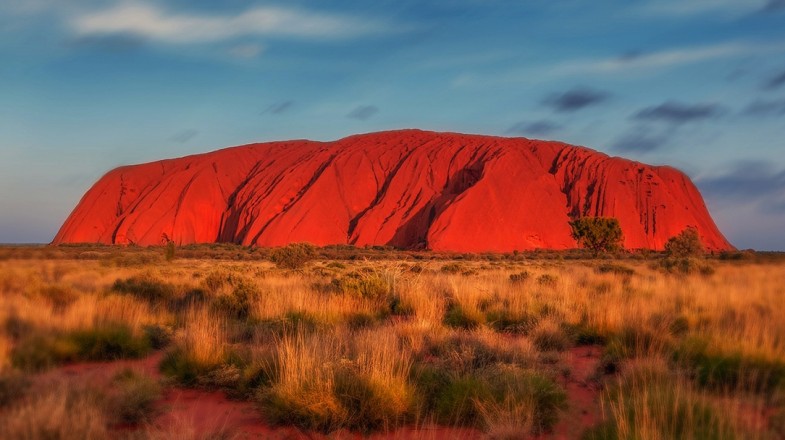
Frequently Asked Questions
- What is Uluru-Kata Tjuta National Park?
- Uluru-Kata Tjuta National Park is a UNESCO World Heritage site located in Australia’s Northern Territory. It is famous for its iconic sandstone monolith Uluru and the surrounding rock formations of Kata Tjuta. The park holds significant cultural value for the Anangu people and offers breathtaking natural landscapes and rich indigenous heritage.
- Why is Uluru considered a sacred site?
- Uluru is a sacred site for the Anangu people, the traditional custodians of the land. It holds deep spiritual significance, with many stories and Dreamtime legends associated with it. Visitors are encouraged to respect these cultural beliefs by not climbing Uluru and adhering to designated pathways.
- What are the main attractions in the park?
- The main attractions include Uluru itself, the Kata Tjuta rock formations, sunrise and sunset viewing points, guided cultural tours, and walking trails such as the Valley of the Winds. The park also offers opportunities to learn about indigenous art, stories, and traditions.
- How old are the formations of Uluru and Kata Tjuta?
- Uluru and Kata Tjuta formed hundreds of millions of years ago through geological processes like sedimentation, tectonic shifts, and erosion. Uluru is a massive sandstone monolith that originated from ancient seabeds, while Kata Tjuta comprises multiple domed rocks shaped over time.
- What kind of wildlife can be seen in the park?
- The park hosts diverse flora and fauna adapted to arid conditions. Visitors may encounter kangaroos, wallabies, perentie lizards, and numerous bird species. Unique desert plants like wattles, ghost gums, and spinifex grasses thrive here, supporting the ecosystem.
- Are there any restrictions for visitors?
- Yes, visitors are asked to respect the cultural significance of Uluru by not climbing it and following designated paths. Educational signage and guided tours promote awareness of indigenous traditions. Camping and other activities are regulated to preserve the environment and cultural sites.
- What activities can tourists do in the park?
- Tourists can enjoy guided walks, cultural experiences, scenic flights, camel rides, and photography. Watching sunrise and sunset over Uluru or exploring the Valley of the Winds at Kata Tjuta are popular activities. Some may also participate in indigenous art workshops and storytelling sessions.
- When is the best time to visit?
- The ideal visiting period is during the cooler months from May to September. During this time, temperatures are more comfortable for outdoor activities. Avoiding the extreme heat of summer ensures a safer and more enjoyable experience.
- How can I respect indigenous traditions during my visit?
- Respect cultural protocols by not climbing Uluru, following park guidelines, and engaging with cultural centers and guided tours. Learning about Dreamtime stories and indigenous art helps deepen understanding and appreciation of the local culture.
- Are there accommodations available inside the park?
- Yes, the park offers a range of accommodations, from campgrounds and eco-resorts to luxury lodges. Booking in advance is recommended, especially during peak seasons, to ensure availability.
- What efforts are made to preserve the environment?
- The park promotes sustainable tourism through waste management, eco-friendly facilities, and conservation programs. Visitors are encouraged to minimize their environmental impact and support indigenous-led preservation initiatives.
- Can I participate in cultural ceremonies?
- Cultural ceremonies are usually conducted by the Anangu people and are open to guided tours or special events. Visitors should always seek permission and participate respectfully, following local customs and guidelines.
- Is it possible to climb Uluru?
- No, climbing Uluru is discouraged and officially prohibited out of respect for the Anangu people’s cultural beliefs. The park emphasizes preserving the spiritual significance of the site.
- How do I get to Uluru-Kata Tjuta National Park?
- The park is accessible by road from Alice Springs or Uluru Airport. There are also guided tours, flights, and shuttle services available for visitors arriving from major cities.
- What should I bring for my visit?
- Bring sun protection, plenty of water, comfortable walking shoes, and appropriate clothing for the weather. Respectful attire and cultural sensitivity are also important when visiting sacred sites.
